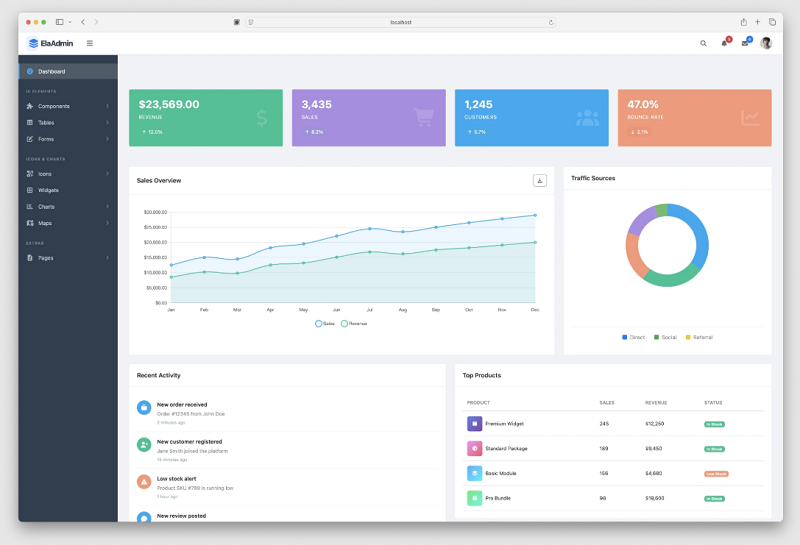Productivity is the cornerstone of construction success. From tight schedules to demanding clients, every minute counts. Yet, how can heavy equipment operators and construction professionals maximize productivity on the job site? This blog post dives deep into actionable tips, best practices, and strategies that will help maximize productivity efficiently and safely on any construction site. No matter if they’re veteran operators or new to the field, these insights will elevate their game.
Productivity in Construction
Productivity isn’t just an empty buzzword. It is an essential aspect of successful construction projects. Greater productivity results in faster work being completed in less time, which leads to cost savings and happier clients. Knowing how to maximize productivity in an industry with short deadlines makes all the difference for success.
Improving productivity also has a direct effect on safety. Worksite environments that are effectively managed typically see fewer accidents due to employees not feeling pressured or overworked, creating a safer working environment and benefiting all parties involved.
High productivity also has the power to enhance morale. When teams see tangible results from their efforts, it creates a sense of accomplishment and motivation, often leading to happier workers being even more productive themselves.
Finding the Appropriate Equipment
An essential component of any productive jobsite is selecting appropriate equipment. By choosing specific machinery for specific tasks, work can be completed efficiently and safely. For instance, using an excavator instead of a backhoe can significantly speed up this process.
When it comes to assessing heavy equipment for sale, consider the machine’s versatility. Multi-use equipment can handle various tasks more efficiently and reduce time on the jobsite by performing several functions with just one machine. Skid steers are an example of multi-functional machines which can be fitted with various attachments to meet different jobsite needs.
Refresh your fleet regularly. Aging machines may lack modern technology or be less fuel-efficient, hindering productivity. Updating to newer models may reduce maintenance costs while increasing efficiency and saving money in the long run.
Maintain and Inspect Regularly
Regular maintenance is vital to keeping heavy equipment operating in its peak condition, with inspections helping identify potential issues before they turn into bigger headaches, thus reducing downtime and repair expenses.
Make and adhere to a maintenance schedule, including daily checks, periodic servicing, and annual overhauls. Make sure that all operators are trained on performing basic maintenance tasks such as checking fluid levels or inspecting tires/tracks.
Utilize technology for your own advantage. Many modern machines are equipped with telematics systems that provide real-time information on machine health. Use this data to proactively schedule maintenance of your equipment, making sure it remains in optimal condition at all times.
Operator Training and Certification
Proper training of operators is key to optimizing productivity. Training ensures they know how to safely use machinery efficiently, reducing risks associated with accidents while improving job performance.
Invest in ongoing training. Even experienced operators can benefit from refresher courses or advanced instruction on new equipment to keep their skills current with industry standards and technologies.
Certification should also be a top priority. Certified operators tend to be more comfortable and competent on the jobsite, leading to improved productivity and safety on your project site. Make it a point to have all operators certified, as this promotes continuous professional development for everyone involved.
Effective Jobsite Planning
Remarkable jobsite planning is key to maximizing productivity. This involves everything from site layout and workflow coordination, as well as making sure resources are used efficiently and tasks completed logically.
Start with a comprehensive site plan. Establish where each piece of equipment will be situated and how materials will be transported across the site. This helps prevent unnecessary movement while decreasing risks such as accidents or delays.
Coordinate tasks and schedules. Make sure all team members understand their responsibilities and timelines, then use project management software to monitor progress and make adjustments as needed. This way everyone remains on the same page and avoids bottlenecks.





